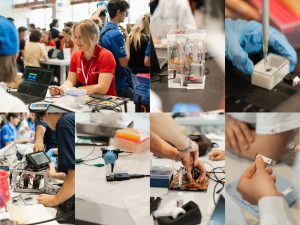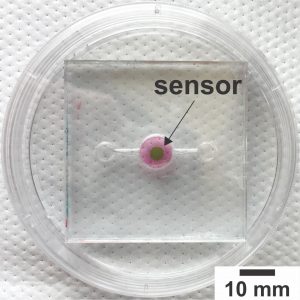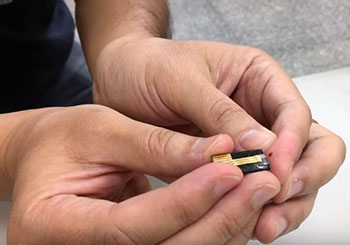UCTeam Prague, GLASense, and AixSense Teams win awards
Every year, the annual international SensUs competition on sensors for health challenges student teams from around the world to develop a biosensor for a specific analyte as well as a business plan and live demonstration of their technology. At the event’s grand finale—the SensUs event at the Eindhoven University of Technology, the Netherlands—the teams showcase their developments, exchange knowledge with other teams, and have a good time. By involving students, industry, patients, and healthcare professionals, SensUs strives to accelerate the development and innovation of biosensors and to stimulate education in this field. ECS Institutional Partner PalmSens supports SensUs.







